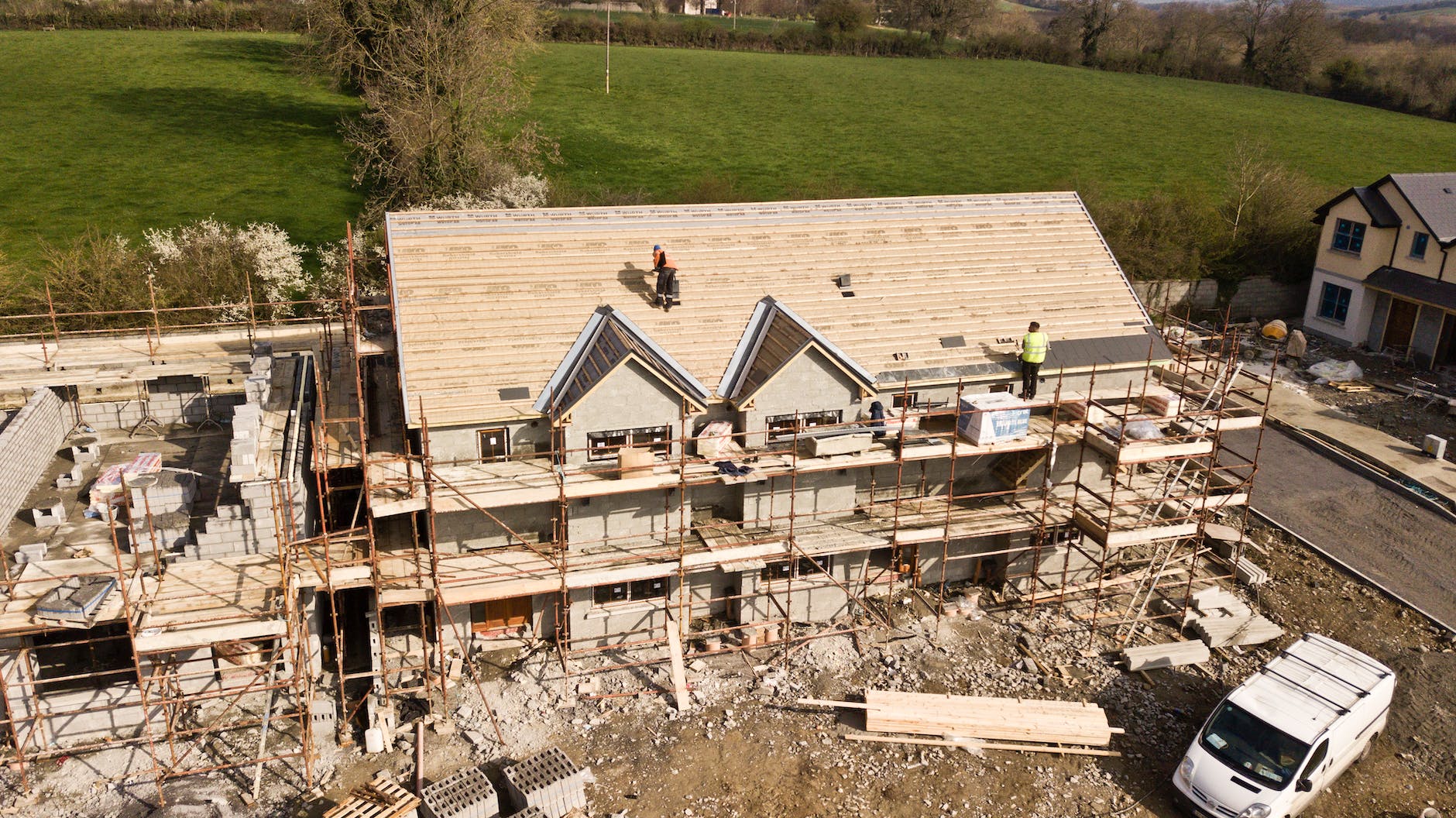what is tpo roofing: the Ultimate Guide to Superior Protection
what is tpo roofing? Discover the secret weapon against unpredictable weather with TPO roofing – your key to unparalleled protection explained here!
Hey there, roofing enthusiasts! We’re about to embark on an exciting journey into the world of TPO roofing, the roof of the future that’s taking the industry by storm! So, buckle up as we dive into the ins and outs of TPO membrane roofing, exploring why it’s becoming a popular choice for both commercial and residential buildings.
what is tpo roofing?
First things first, let’s get a clear picture of what TPO roofing actually is. Thermoplastic Olefin (TPO) membrane roofing is a highly durable and energy-efficient roofing solution. It’s made up of a blend of different materials, including ethylene propylene rubber, polypropylene, and various fillers. This combination makes TPO roofing highly resistant to UV rays, chemicals, and punctures while offering flexibility and longevity.
Originally introduced in the 1990s, TPO roofing has evolved significantly over the years. Its increased market popularity can be attributed to its ability to combine the key benefits of other roofing materials while maintaining cost-effectiveness.
What sets TPO roofing apart from its counterparts is its heat-welded seams, providing a watertight barrier across the entire roof. This eliminates the need for additional adhesives, reducing the risk of leaks and ensuring excellent overall performance.
The Installation Process
Now that we understand the basics of TPO roofing, let’s take a peek at the installation process. After a thorough roof inspection, the installation team begins by preparing the surface, ensuring it is clean and free from debris.
When it comes to attaching the TPO membrane, you have two options: adhesive or mechanical attachment. The adhesive method involves applying a specially formulated adhesive to the roof substrate, creating a strong bond with the TPO membrane. On the other hand, the mechanical attachment method utilizes fasteners to secure the membrane to the roof deck.
Once the attachment method has been chosen, the TPO membrane installation begins. The membrane is securely rolled out and positioned, then heat-welded at the seams to create a seamless and watertight barrier. Edge detailing and flashing are then added to provide additional protection against water infiltration and ensure a clean finish.
Advantages of TPO Roofing
Now, let’s talk about why TPO roofing has been gaining such popularity.

Energy Efficiency: TPO roofing is highly reflective, which means it helps to reduce heat absorption and keeps buildings cooler. When combined with proper insulation, this can lead to significant energy savings and improved comfort.
Durability and Weather Resistance: TPO roofing offers exceptional resistance to various weather conditions, including high winds, hail, and UV exposure. Its elasticity allows it to expand and contract with temperature fluctuations, ensuring durability and minimizing the risk of cracks or leaks.
Ease of Maintenance: TPO roofing requires minimal maintenance. Regular inspections and occasional cleaning are usually enough to keep it in optimal condition. Plus, TPO membranes are resistant to mold, dirt, and algae, making them an ideal choice for low-maintenance roofing solutions.
Cost-Effectiveness: TPO roofing strikes the perfect balance between performance and affordability. Its installation costs are relatively lower compared to some other roofing options. Moreover, its energy-efficient properties can lead to long-term cost savings on heating and cooling expenses.
Eco-Friendliness and Sustainability: TPO roofing is often considered an environmentally friendly choice due to its energy-efficient qualities. Additionally, TPO membranes are recyclable, making them a sustainable option for eco-conscious individuals.
Considerations and Potential Drawbacks
While TPO roofing comes with numerous benefits, there are a few considerations to keep in mind before diving in.
Compatibility with Other Roofing Materials: When considering TPO roofing, it’s crucial to ensure compatibility with any existing roofing materials. Consulting a roofing professional can help identify potential issues and determine the best course of action.
Product Quality and Warranties: Not all TPO membranes are created equal. It’s important to choose a reputable manufacturer and ensure that the product meets industry standards. Additionally, checking warranties and guarantees provided by the manufacturer is a good practice for peace of mind.
Experienced Installation Team: The quality of TPO roofing installation is directly linked to its performance. To achieve the full potential of TPO roofing, it’s essential to hire experienced professionals with a track record of successful installations.
Longevity and UV Resistance: While TPO roofing boasts excellent UV resistance, it’s worth noting that prolonged exposure to intense sunlight can lead to degradation over time. Routine inspections and maintenance can help identify any signs of deterioration early on.
Shade and Color Options: TPO roofing typically comes in white or light gray, which can limit the aesthetic choices for some individuals. However, the reflective properties of these colors contribute to the energy efficiency of the roof.
Comparing TPO with Other Roofing Materials
Let’s do a quick comparison between TPO and some other popular roofing choices to help you assess the suitability of TPO roofing for your needs.
PVC Roofing: TPO and PVC roofing share some similarities, such as heat-welded seams and energy efficiency. However, PVC generally has a higher cost and a shorter lifespan compared to TPO.
EPDM Roofing: Ethylene Propylene Diene Monomer (EPDM) roofing is known for its durability and low initial cost. TPO roofing, however, offers superior energy efficiency and weather resistance.
TPO vs. Traditional Asphalt Shingles: While asphalt shingles remain popular, TPO roofing outperforms them in terms of energy efficiency, durability, and lifespan.
Metal Roofing: Metal vs. TPO: Metal roofing offers excellent longevity and durability, but TPO roofing wins in terms of cost-effectiveness, energy efficiency, and lighter weight.
In Conclusion
As we bid farewell to our TPO roofing adventure, it’s clear that this thermoplastic marvel is an ideal choice for those seeking a durable, energy-efficient, and cost-effective solution for their roofs. But remember, thorough inspection, quality materials, and professional installation are essential for maximizing the benefits of TPO roofing. So, whether you’re aiming for a commercial building or upgrading your residential roof, unleash the power of TPO roofing and enjoy superior protection for years to come!
Stay tuned as we explore more fascinating topics revolving around the ever-evolving and exciting world of roofing. Until then, keep those roofs in tip-top shape!







